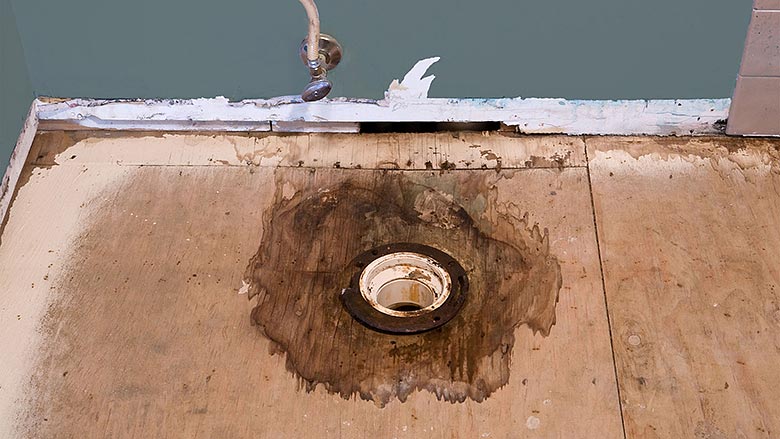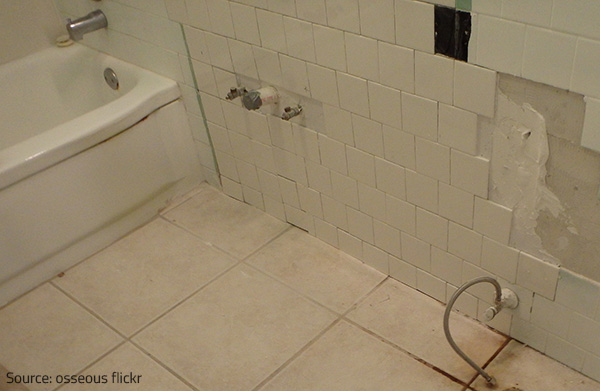Ways to Fix a Water-Damaged Wall in the Bathroom
Ways to Fix a Water-Damaged Wall in the Bathroom
Blog Article
The writer is making a number of good observations relating to How to Fix a Water Damage Bathroom as a whole in this post on the next paragraphs.

The washroom is incredibly vulnerable for wet accumulation and also prospective water damages because of the frequent use water in it. This article uses easy examination techniques to aid spotting water damages risks.
The constant use of water in the washroom makes it incredibly at risk for damp buildup as well as possible water damage. By evaluating it routinely, you can minimize water related problems.
The adhering to set of examinations is easy to do and ought to be done as soon as in every three months in order to keep your washroom in good shape as well as to stop potential water problems brought on by the bathtub, the shower, pipeline joints and also plumbing, sinks, cabinets, as well as the commode
Do not overlook doing these examinations and be complete while executing them. Keep in mind that these basic examinations can save you a lot of money by giving early indications for water damage
Sinks and also Cabinets
Sinks and also cabinets are exposed to wetness and also moisture daily and are typically forgotten. Evaluate regularly under the sink and on the countertop above it. Fix any type of drip in the catch as it might recommend drain problems. Take a look around the sink, sluggish draining pipelines might show an obstructed drainpipe. Replace sink seals if they are cracked or loose.
Bathtub as well as Shower
The shower as well as tub need unique focus and also upkeep. Examine the floor tiles and also change if cracked. Make sure that there is no missing grout between the tiles. Inspect and replace cracked caulking at joints where the walls meet the floor or the bathtub. Clogged drains pipes and also pipelines troubles will certainly protect against the bath tub from drying out as well as might suggest major issues below the bathtub. Speak with a professional instantly to prevent architectural damages. Take notice of stainings or soft locations around the tub walls as they may show an inner leakage.
Plumbing
Signs for water damages are difficult to spot since the majority of pipelines are set up inside the walls.
Pay special focus to floor covering as well as walls moisture and also discolorations as they may indicate an invisible plumbing trouble. Inspect wetness levels in adjacent spaces as well.
The Toilet
The commode is a prone water junction. Check the water lines and also search for leaks around the commode seat, in the pipe, as well as under the water tank. If you identify any type of signs of dampness on the flooring around the toilet, look for leakages in the toilet rim and also storage tank seals.
Be aware that hanging commode bowl deodorants boosts the possibilities for clogs.
Water Damage Signs In The Bathroom To Avoid Cleanup
Musty smell
This is one of the easiest signs to catch because musty smells are so odorous. The damp, earthy, moldy smell should be a big red flag. The smell will develop when moisture gets trapped in surfaces, and begins to facilitate mold growth. Leaking pipes under cabinets, inside walls, and behind shower fixtures will cause moisture to stay trapped and not dry, which will lead to mold growth and spread. As soon as you notice any musty smells in your bathroom, have it checked for hidden water damage and cleanup signs.
Visible mold
If the smell isn’t there to give it away, sometimes you will actually see mold growth. Finding mold in your bathroom is a serious problem, because mold is very harmful to your health. By the time mold growth is visible, it also means that water damage has already occurred and been present for some time. The only way the mold problem can be resolved is to find the source of the moisture and get it stopped. To safely and adequately remove mold, you need to have professionals handle the remediation. Do not waste any time in getting mold problems addressed, fixed, and sanitized so that you can protect you and your family from the many respiratory symptoms caused by mold exposure.
Damaged floors
Bathroom floors should be able to withstand some exposure to water while still remaining in good condition. However, when excess exposure or water leaks occur, they will begin to damage even the most water-resistant flooring. If you notice any cracking, bubbling, staining, or warping on your bathroom floors, there is probably a water leak somewhere causing the distortion. If you notice areas of the floor have become softer, or even have a spongy feeling, there is probably damage to the subfloor. Subflooring is typically made up of plywood. When plywood is exposed to water or moisture, it will absorb it. Once it has become saturated, the weight of the excess water will cause the wood to swell and soften. Check the floors in your bathroom frequently to catch any of these sings before they lead to damaged subflooring.
Changes on walls
When water leaks behind walls, it will cause changes in the drywall. Peeling plaster, blistering paint, and soggy wallpaper are all good indicators that excess water is building up behind the wall. Water leaking behind drywall will cause it to swell and be soft to the tough. If you start to notice gaps along the trim of your walls, or where tile meets the wall, it could also be a strong indicator that there is a leak behind the wall. Any changes, distortion, or damage on the walls should be evaluated as soon as you notice it to prevent further water damage and cleanup.

I'm certainly very inquisitive about Preventing Water Damage in the Bathroom and I really hope you appreciated the new article. Are you aware of somebody else who is serious about the subject? Be sure share it. We appreciate reading our article about How to Fix a Water Damage Bathroom.
Set Up An Appointment Report this page